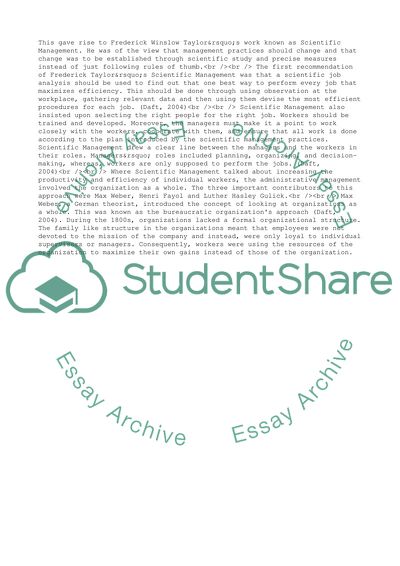Cite this document
(The Classical Organizational Theories Case Study, n.d.)
The Classical Organizational Theories Case Study. Retrieved from https://studentshare.org/management/1563066-what-in-todays-conditions-appear-to-be-the-greatest-limitations-of-the-classical-organisational-theories
The Classical Organizational Theories Case Study. Retrieved from https://studentshare.org/management/1563066-what-in-todays-conditions-appear-to-be-the-greatest-limitations-of-the-classical-organisational-theories
(The Classical Organizational Theories Case Study)
The Classical Organizational Theories Case Study. https://studentshare.org/management/1563066-what-in-todays-conditions-appear-to-be-the-greatest-limitations-of-the-classical-organisational-theories.
The Classical Organizational Theories Case Study. https://studentshare.org/management/1563066-what-in-todays-conditions-appear-to-be-the-greatest-limitations-of-the-classical-organisational-theories.
“The Classical Organizational Theories Case Study”. https://studentshare.org/management/1563066-what-in-todays-conditions-appear-to-be-the-greatest-limitations-of-the-classical-organisational-theories.


